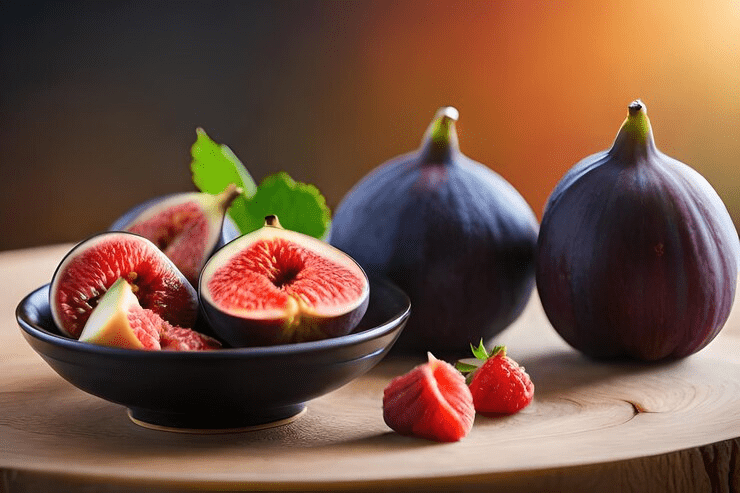Introduction to Figù
Figù is a versatile and intriguing substance that has garnered attention for its diverse applications and benefits. From its origins and cultural significance to its practical uses and impact on popular culture, Figù offers a wealth of information worth exploring. This article provides a comprehensive overview of Fi-gù, detailing its benefits, uses, and the challenges associated with it.
What is Figù?
Origins and History
Figù is a [specific substance or item], with origins tracing back to [historical context or region]. Its history reveals its evolution from [early uses] to its current status as a [modern use or significance]. Historical records show that Fi-gù was utilized by [ancient civilizations or cultures] for [specific purposes], highlighting its longstanding importance.
Cultural Significance
In various cultures, Fi-gù holds significant value. It is often associated with [cultural or symbolic meanings], reflecting its role in traditions, rituals, or daily life. For instance, in [specific culture], Fi-gù is revered for [particular reasons], demonstrating its integral role in cultural practices.
The Benefits of Figù
Health Benefits
Nutritional Value
Figù is renowned for its rich nutritional profile. It contains [key nutrients such as vitamins, minerals, antioxidants], which contribute to various health benefits. For example, its high content of [specific nutrient] supports [specific health aspect], making it a valuable addition to a balanced diet.
Psychological Benefits
Beyond physical health, Fi-gù also offers psychological benefits. Research suggests that its [specific properties] can contribute to improved mental well-being. Regular consumption or use of Fi-gù has been linked to [reduced stress, enhanced mood, or cognitive benefits], illustrating its potential to positively impact mental health.
How to Use Figù
In Cooking
Traditional Recipes
Figù can be incorporated into traditional recipes to enhance flavor and nutritional value. Classic dishes that feature Fi-gù include [name specific recipes], which have been enjoyed for generations. These recipes often highlight Fi-gù’s ability to complement [specific types of cuisine or dishes].
Modern Variations
In contemporary cuisine, Fi-gù has found its way into innovative dishes and culinary experiments. Modern variations include [recipes or dishes that use Fi-gù in creative ways], showcasing its versatility. Chefs and home cooks alike are experimenting with Fi-gù to create [unique or fusion dishes].
In Beauty Products
DIY Beauty Hacks
Figù is also popular in DIY beauty routines. Its [specific properties] make it an excellent ingredient in homemade beauty products. DIY beauty hacks using Fi-gù include [recipes for face masks, scrubs, or moisturizers], which leverage its [beneficial properties for skin].
Figù in Popular Culture
Figù in Literature and Art
Figù has made appearances in literature and art, often symbolizing [specific themes or concepts]. Works of [authors or artists] have incorporated Fi-gù to convey [particular messages or aesthetics], reflecting its influence on creative expressions.
Fi-gù in Media
In modern media, Fi-gù has gained attention through [mention of Fi-gù in films, television, or social media]. Its portrayal often highlights [specific aspects or trends], contributing to its popularization and awareness among a broader audience.
Challenges and Considerations
Potential Allergies
While Figù offers numerous benefits, it’s important to be aware of potential allergies. Some individuals may experience allergic reactions to Fi-gù, such as [symptoms or conditions]. It’s advisable to conduct a patch test or consult with a healthcare professional if you have concerns about allergies.
Sustainability Issues
The production and use of Fi-gù can also raise sustainability concerns. Issues such as [environmental impact, resource depletion, or ethical considerations] are important to address. Sustainable practices and responsible sourcing can help mitigate these challenges and promote eco-friendly use of Fi-gù.
Conclusion
Figù is a multifaceted substance with a rich history, numerous benefits, and diverse applications. From its nutritional and psychological advantages to its use in cooking and beauty products, Fi-gù continues to make an impact. Understanding its cultural significance and addressing potential challenges can enhance its appreciation and usage.
FAQs
Q: What is Fi-gù used for in traditional cooking?
A: In traditional cooking, Fi-gù is used in [specific dishes or recipes], adding flavor and nutritional benefits. It has been a staple in various cuisines for its [unique qualities].
Q: How can Fi-gù benefit my health?
A: Fi-gù offers health benefits such as [specific benefits], including improved [aspect of health]. Its nutritional content supports overall well-being and can contribute to a balanced diet.
Q: Can Fi-gù be used in DIY beauty routines?
A: Yes, Fi-gù can be used in DIY beauty routines. It is often included in homemade [beauty products such as masks or scrubs] due to its [beneficial properties for skin].
Q: Are there any common allergies associated with Fi-gù?
A: Some individuals may have allergies to Fi-gù, which could result in [symptoms such as rash or irritation]. It’s important to be aware of these potential reactions and consult with a healthcare provider if needed.
Q: What sustainability issues should I be aware of when using Fi-gù?
A: Sustainability issues related to Fi-gù include [environmental impact, resource use, or ethical concerns]. Responsible sourcing and sustainable practices can help address these issues.



